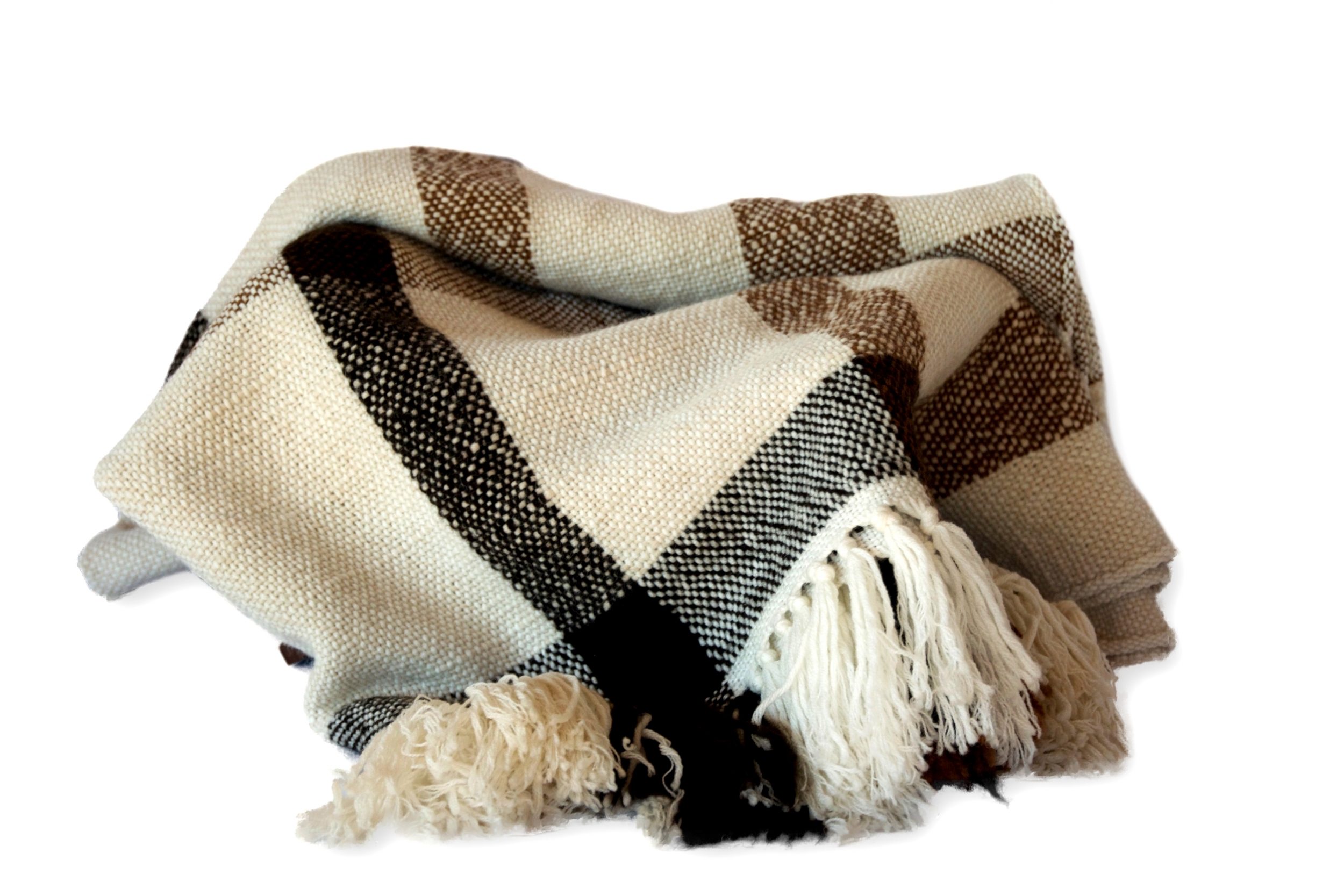
How to Verify Authenticity When Buying Alpaca Products Wholesale
Why Authenticity is a Growing Concern
As demand for alpaca products continues to rise in global fashion and textile markets—particularly in the U.S., Europe, and East Asia—so does the risk of misrepresentation, counterfeit materials, and fiber dilution. For wholesale buyers, the stakes are high: mislabeling can damage customer trust, inflate returns, and jeopardize long-term brand positioning.
At The Alpaca Factory, we specialize in ethically sourced and fully traceable Peruvian alpaca garments. This guide provides you with professional, actionable criteria for identifying genuine alpaca products in wholesale transactions—covering fiber properties, certification standards, supplier protocols, and forensic verification methods.
Section 1: What Makes Alpaca Fiber Unique?
| Property | Genuine Alpaca Fiber (Huacaya & Suri) |
|---|---|
| Thermoregulation | Naturally regulates temperature across climates |
| Hypoallergenic | Free of lanolin; ideal for sensitive skin |
| Elasticity | Moderate; returns to shape without heavy stretch |
| Texture | Silky, not oily or plasticky; light yet insulating |
| Micron Count (Baby Alpaca) | Between 19–22 microns (ultrafine & soft to touch) |
| Durability | Higher tensile strength than sheep wool |
Note: Synthetics and sheep wool blends do not replicate these attributes.
Section 2: The 5 Most Common Forms of Alpaca Product Fraud
- Falsified Labels: “100% Baby Alpaca” products with 50% or less actual alpaca fiber.
- Fiber Substitution: Use of acrylic, viscose, or merino wool in place of true alpaca.
- Country-of-Origin Misuse: Products made in Asia labeled as “Handmade in Peru.”
- Overpriced Blends: Products sold at full-alpaca price despite having under 30% content.
- Fake Handmade Claims: Machine-knitted goods promoted as “artisan-crafted.”
Section 3: 9-Step Authenticity Verification Framework
1. Request Laboratory Fiber Composition Reports
- Valid labs in Peru (e.g., INCA Tops, SGS, SENASA) issue quantitative composition tests using microscopy and spectrometry.
- Look for ISO 17025 accredited certificates indicating alpaca percentage.
2. Understand Fiber Classifications
- Royal Alpaca: ≤19 microns
- Baby Alpaca: 19–22 microns
- Superfine Alpaca: 22–26 microns
- Any claim beyond these should raise concern.
3. Demand Origin Traceability
- Request a traceability report including:
- Animal ID or herd origin
- Shearing date and location
- Spinning or knitting facility
- Export registration number
- The Alpaca Factory includes QR-coded traceability in bulk orders.
4. Use Physical Verification: The Burn Test
-
Burn a small fiber sample:
- Smell = burnt hair (protein-based)
- Ash = fine, chalky
- Synthetics = melt, bubble, and produce black bead
5. Ask for GSM (grams per square meter) and Weave Density
-
Authentic alpaca fabrics have distinct weight ranges by type:
- Scarves: 180–220 GSM
- Sweaters: 230–280 GSM
- Blankets: 300–350 GSM
-
Low GSM with thick appearance may indicate synthetic fillers.
6. Review Transparency in Product Descriptions
-
A trustworthy supplier will clearly state:
- Fiber content percentages
- Blending fibers (if any)
- Weaving method (hand/machine)
- Dye type (natural or reactive)
7. Inspect Labels and Packaging
-
Look for:
- RN numbers (in the U.S.)
- “Made in Peru” certifications
- Batch numbers and artisan codes
- Care labels specific to alpaca fiber
8. Evaluate Price Against Market Averages
-
Alpaca is a luxury fiber. Be cautious of products priced:
- 30–50% below standard wholesale rates
- Without volume minimums or sourcing transparency
9. Audit the Supplier Relationship
- Is the supplier registered with PROMPERÚ, SENASA, or CANVIA?
- Do they belong to a producer cooperative or are they intermediaries?
- Can they provide B2B testimonials, export records, or import documentation?
Section 4: Authentic Alpaca by Product Category
| Product Type | Key Indicators of Authenticity |
|---|---|
| Scarves | Baby Alpaca softness, clean hand-finish, fringe twist |
| Sweaters | Even stitching, no pilling, accurate size retention |
| Socks | Reinforced sole/heel, thermoregulation in wear |
| Yarn | Slight halo, matte sheen, lack of synthetics |
| Gloves/Hats | Lightweight warmth, elasticity without synthetic memory |
Section 5: How The Alpaca Factory Ensures Authenticity
At The Alpaca Factory, we guarantee:
- Third-party fiber lab reports for every batch
- Traceable sourcing from certified Peruvian herds
- Transparent specifications for all wholesale listings
- Regular supplier audits and ethical sourcing practices
- Full product lifecycle mapping—from raw fiber to final stitch
Final Considerations: Why Verification is a Business Imperative
Authentic alpaca is more than a material—it's a heritage product, tied to indigenous communities, regenerative agriculture, and artisan livelihoods. Verifying authenticity helps you:
- Preserve brand credibility
- Ensure fair-trade sourcing
- Reduce risk of customer dissatisfaction or refunds
- Differentiate your business in a competitive market
Authentic alpaca is more than just a luxurious textile—it's a heritage product rooted in centuries of Andean craftsmanship, regenerative agriculture, and indigenous community livelihoods. When you choose to verify the authenticity of your wholesale alpaca products, you're not only protecting your own brand reputation; you're also honoring the ethical and cultural value chain that makes alpaca unique.
Moreover, verification reduces operational risks. From mislabeling liabilities to customer complaints or return surges, the costs of inauthentic sourcing can be high. A sound verification strategy enables you to avoid these pitfalls while aligning with premium market segments that value true craftsmanship.
At The Alpaca Factory, we believe that authenticity should never be assumed—it should be demonstrated. Our commitment to full traceability, ethical sourcing, and transparency gives our partners the confidence they need to grow sustainably, with integrity.






